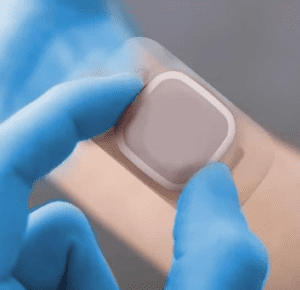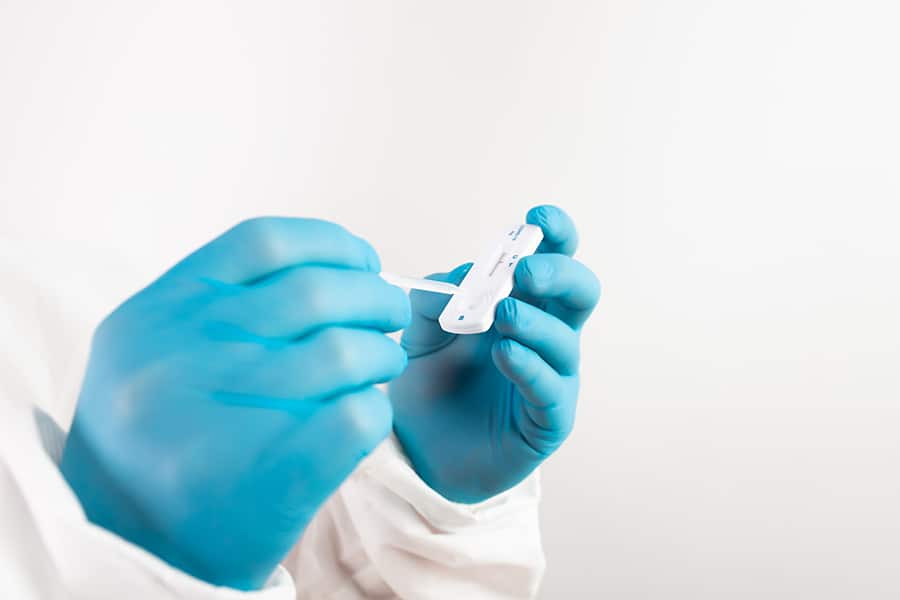The medical industry is constantly evolving, and new diagnostic products and wearable diagnostic devices are key to keeping healthcare teams ahead of the curve and empowering patients to monitor their own health at home.
Demand for easy-to-use diagnostic test strips has never been higher – not just tied to diabetes; there is a new emphasis on at-home diagnostic tools that the pandemic introduced to the medical community.
Whether it’s for a doctor trying to diagnose an illness or for a patient tracking their own health, there are many diagnostic products and wearable diagnostic devices on the market today that are important in the healthcare industry.
We’ve collated a list of the 7 most important diagnostic products and wearable diagnostic devices in healthcare today.
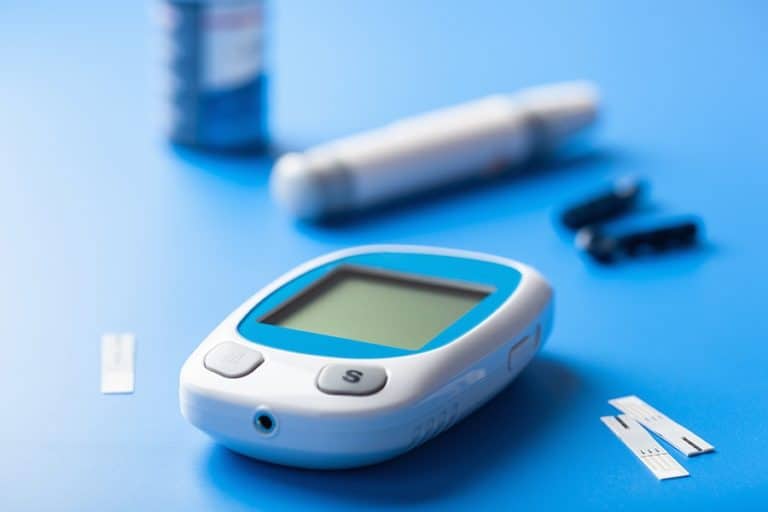
What is a medical diagnostic device?
A medical diagnostic device is used to determine the state of one’s general health as well as to diagnose diseases and conditions. They are also used during treatment to monitor patients by analysing key signs, such as blood pressure and heart rate. Diagnostic medical devices include instruments, systems, test kits and reagents.
Medical devices can be used to diagnose, prevent, treat and monitor medical conditions. They include items like test kits and test strips, surgical equipment, syringes, gloves, pacemakers, infusion pumps and implants.
Without diagnostic devices, many medical conditions would go undiagnosed or untreated.
Recently, wearables have also shown encouraging improvements as a drug delivery system; therefore, enhancing its utility for personalised healthcare.
Find out what we’re doing to meet the needs of the demanding diagnostics products and wearable diagnostic devices important in the healthcare industry.
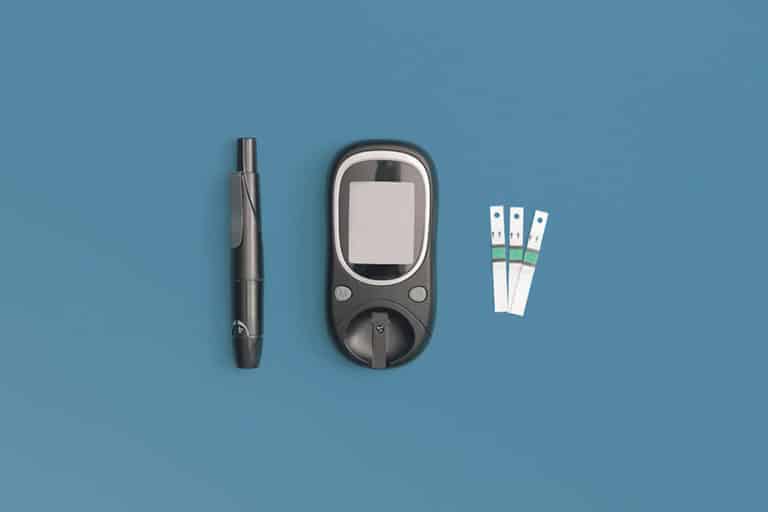
What are medical diagnostic devices used for?
Medical diagnostic devices are used to test and diagnose diseases and other conditions, as well as monitor patients during ongoing treatment.
Medical diagnostic devices can include large medical systems like MRI machines, PET and CT scanners and x-ray machines, but diagnostic devices can also include stethoscopes, thermometers, electrocardiographs, ophthalmoscopes, test kits, biosensors and more.
Self-diagnostic medical devices are devices used for monitoring and measurement of important parameters of health diagnosis such as hypertension, blood pressure, sugar levels, heart rate, temperature, and other conditions.
Medical diagnostic devices can also include blood pressure monitoring devices, blood glucose level measurement devices, cholesterol measurement devices, nebulizers, thermometers, insulin pumps, test kits and reagents.
What is a wearable diagnostic device?
Wearable diagnostic devices are a type of medical diagnostic device that is worn by patients. These devices can be used to monitor a patient’s vital signs, such as heart rate and blood pressure, or to collect data about the patient’s health condition. Wearable diagnostic devices can be either disposable or reusable.
What are wearable diagnostic devices used for?
Wearable diagnostic devices are used to monitor a patient’s vital signs and to collect data about the patient’s health condition. These devices can be used to detect early warning signs of a disease or condition, to monitor the progress of a disease or condition, or to provide information that can be used to make treatment decisions.
With such a wide range of medical diagnostic devices, we’ve collected 7 of the most widely used medical diagnostic devices. Explore our list below.
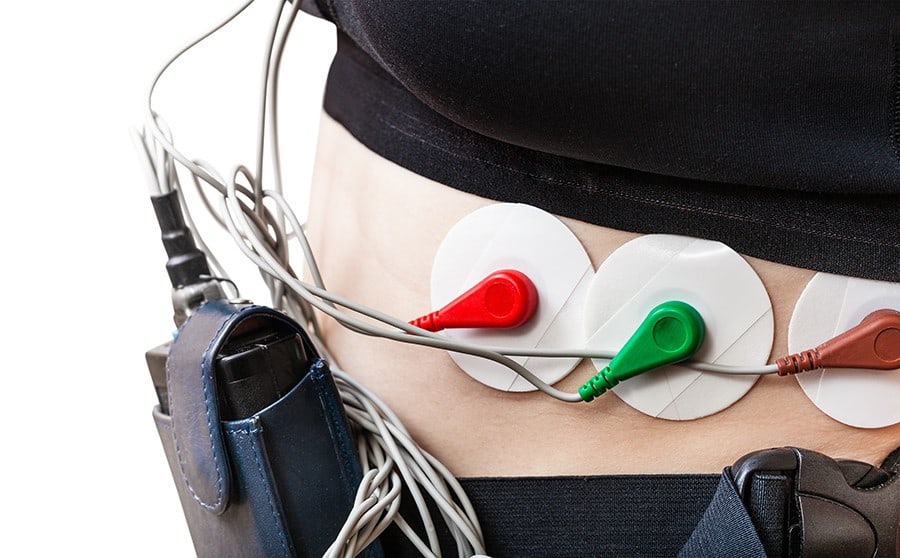
7 Types of Diagnostic Products & Wearable Diagnostic Devices
There are various different types of diagnostic products and diagnostic devices, each with its own specific function.
Below, we have collected a list of the 7 most important diagnostic products and wearable diagnostic devices in the healthcare industry today. Each has the potential to make a big impact on patient outcomes which is why PolarSeal focuses our expertise on helping to manufacture and develop these products.
1. Urine Test Kits
Urine diagnostic test kits are used to test for a variety of conditions and diseases.
Diagnostic urine test kits work by detecting the presence of certain substances in the urine that may be indicative of a medical condition. For example, the presence of glucose in the urine may be indicative of diabetes, while the presence of protein in the urine may be indicative of kidney disease.
The most common urine tests are used for pregnancy and the presence of infections (such as UTIs, inflammation, or other abnormalities in the urinary tract), however, urine test kits can also be used to test for kidney stones, diabetes, and other conditions.
Diagnostic urine test kits are typically very accurate and can provide valuable information for patients and their healthcare providers. Urine test kits are inexpensive, simple to use and can be performed in the privacy of your own home.
PolarSeal offers multi-layer laminate construction of specialist adhesive-coated films and space tape lamination in the development and manufacture of new diagnostic urine test strips.
2. Diagnostic finger prick test kits
Finger prick test kits have been an incredibly helpful tool in making health monitoring affordable and accessible in clinics and homes for those with chronic diseases like diabetes and for those wanting a quick result on an HIV or haemoglobin level.
Here are some examples of finger prick test kits:
Diabetes test kits
When it comes to managing diabetes, diagnostic kits that can measure glucose levels are essential tools.
The most popular kits use a finger-prick test to obtain a small sample of blood, which is then applied to a test strip. The strip is then inserted into a metre, which gives a reading of the person’s blood sugar level.
Cholesterol test kits
Cholesterol measurement devices are used to measure the amount of cholesterol in a patient’s blood and are important tools used by healthcare professionals to help determine an individual’s risk for developing heart disease.
These devices are quick and easy to use, and they provide accurate results. Most importantly, they can help people to identify potential problems early and take steps to prevent them from becoming serious.
In addition, these devices can also help to monitor the effectiveness of cholesterol-lowering treatments.
Haemoglobin test kits
Haemoglobin is a protein in your red blood cells that carries oxygen to your body’s organs and tissues and transports carbon dioxide from your organs and tissues back to your lungs.
Haemoglobin test kits use a finger-prick test to obtain a small sample of blood, which is then applied to a test strip. The strip is then inserted into a metre, which gives a reading of the person’s haemoglobin level.
These tests are regularly used prior to donating blood as low levels of haemoglobin may indicate anaemia.
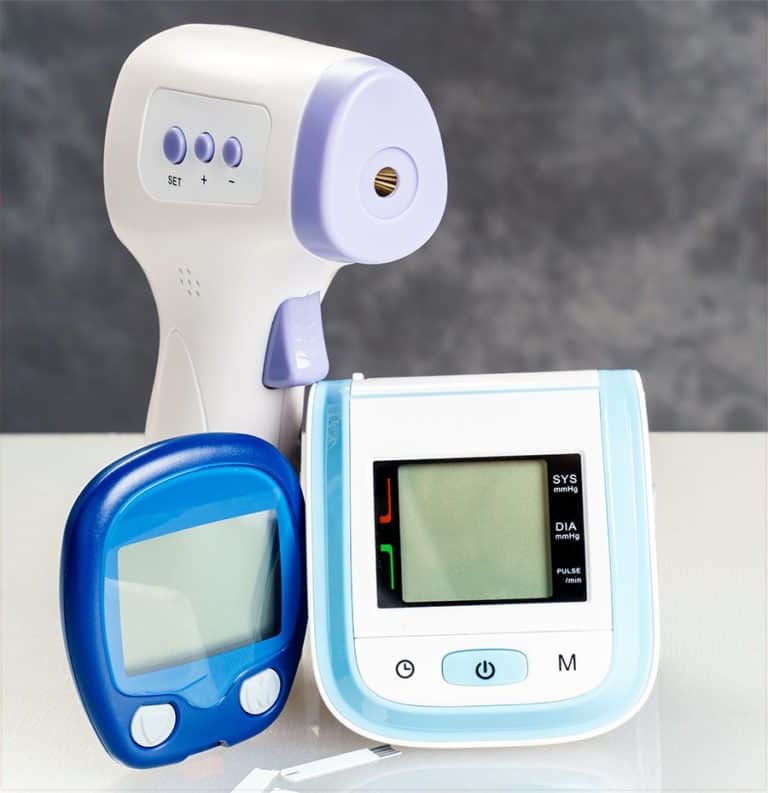
3. Ischemia - decreased blood flow
Ischemia is a condition where there is insufficient blood flow to a particular area of the body.
Ischemia diagnostic devices are helpful in identifying areas of the heart that may be susceptible to ischemia, or reduced blood flow. This can be caused by blockages in the arteries, or by other conditions that affect how well blood flows through the vessels.
Ischemia diagnostic devices can help to detect these areas so that they can be treated before they cause serious problems. There are many different types of ischemia diagnostic devices available, and they vary in how they work and what features they offer. Some devices are worn on the chest, while others are handheld. Some use sound waves to detect ischemia, while others use electrical signals.
PolarSeal can provide the components needed to develop wearable medical devices, delivering high-quality and innovative stick-to-skin solutions.
4. Temperature monitoring patches
Temperature monitoring patches are small adhesive patches that can be placed on the skin to monitor body temperature. The patches are made of a special material that is sensitive to temperature changes. They are typically used for people who are at risk for fever.
The patch can be worn for long periods of time, they are comfortable to wear and can be easily removed.
Temperature changes can be a sign of illness, and the patch can help to detect illness early. Temperature monitoring patches are a new and innovative way to monitor health and well-being, especially in patients like young children who have difficulty communicating.
5. Personal ECG devices - patches
ECG devices are diagnostic tools that measure the electrical activity of the heart and can be used to detect arrhythmias or other cardiac abnormalities. Personal ECG devices, such as patches, are becoming increasingly popular, as they offer a convenient and noninvasive way to monitor heart health.
These patches are designed to be worn on the chest for extended periods of time, and they use sensors to detect electrical activity in the heart. This information can then be transmitted to a mobile app or website, where it can be analysed by a doctor or other medical professionals.
Personal ECG devices can also be used to monitor heart health on an ongoing basis, which can be helpful for people who are at risk for cardiac problems. In addition, personal ECG devices are often much less expensive than traditional diagnostic tools, making them more accessible to many people.
While personal ECG devices are still in the early stages of development, they hold great promise as a way to improve heart health and detect potential problems early.
PolarSeal provides secure, flexible and intelligent adhesive patches to affix electrodes and monitoring components to the skin.
6. Neuromonitoring devices
Neuromonitoring devices are diagnostic tools that help doctors to monitor the activity of the nervous system.
Neuromonitoring devices can be used to diagnose a variety of conditions, including seizures, headaches, and stroke. In some cases, neuromonitoring may also be used to guide treatment or surgery.
These devices are commonly used in hospitals, clinics, and other similar settings.
There are a variety of neuromonitoring devices available, each designed to measure different aspects of nerve function. Some devices may be used to measure muscle activity, while others may be used to assess nerve conduction or brain activity.
7. Biosensors
As the world becomes more and more reliant on technology, the medical industry is embracing technological advances in order to improve patient care including biosensors.
Biosensors are diagnostic devices that utilise a living organism to detect the presence of a specific molecule or compound.
Common examples of biosensors include glucose sensors for diabetics and breathalysers for alcohol detection. Biosensors are often small and portable, making them well-suited for point-of-care applications such as diagnostic testing, screening for infectious and early detection of chronic disease. They are also incredibly useful in chronic disease treatment, health management, and well-being monitoring.
In addition, biosensors can be designed to target a wide range of molecules, making them suitable for a variety of different diagnostic applications.
Improved biosensor technology qualities allow the ability to detect disease and track the body’s response to care.
Medical Converting Contract Manufacturer for Diagnostic Products & Wearable Diagnostic Devices
As the medical diagnostic market continues to grow, PolarSeal has expanded their services to meet the demand and provide cost-driven, high-quality solutions for medical device companies.
There are many different types of diagnostic medical devices used in the healthcare industry and they are important tools that help doctors to diagnose and treat many different types of medical conditions.
Each of these devices has its own unique capabilities and features, and each offers different benefits to patients and doctors alike.
PolarSeal specialises in providing solutions for a variety of medical diagnostic devices. We combine materials to create the essential components required for the diagnostic products from medical die cutting and tape converting to adhesive and material selections. Our expert team can guide you every step of the way and supply materials manufactured to the tightest tolerances needed for our clients and the consumer market, manufactured in our ISO 7 cleanroom facilities.
Our products are designed to improve the performance of medical devices, and our team is always available to help you select the best solution for your needs, provide advice, or offer contract manufacturing solutions.
Contact us today to learn more about our medical diagnostic device solutions, or visit our website to browse our medical conversion solutions for medical diagnostic devices.


